Is asteroid mining the next space race or just science fiction?
Is it possible to mine asteroids? Yes, but it will take brave investors to do so, writes Steven Cutts

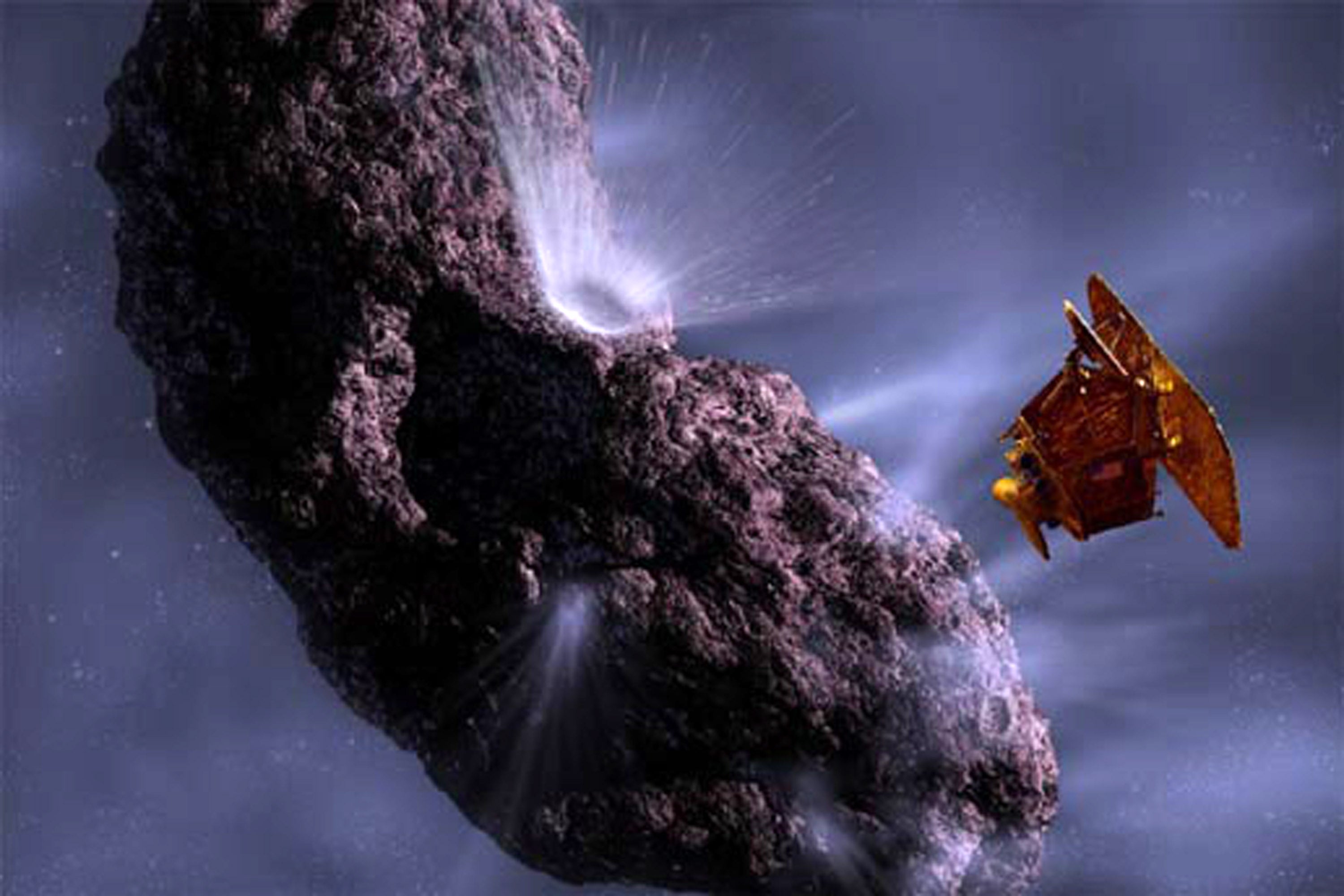
One of the most common themes of modern political discourse is that of finite resources. On this planet, all resources are finite and much has been made of the need to manage them more carefully. But in the universe as a whole, this is simply not the case. Our solar system offers an abundance of natural resources that could sustain mankind for millions of years to come. The problem is not that they don’t exist, but that we cannot access them.
One such resource is the tens of thousands of chunks of rock that orbit the sun, usually referred to as asteroids. As unobtainable resources go, the raw materials in the asteroid belt ought to be quite high up the list. Many of them are hundreds of millions of miles away and orbit the sun on a radically different path to our own. In spite of this, many scientists (and some entrepreneurs) are seriously considering a trip to the asteroids – not for the purposes of research – but with the sole intention of exploiting the resources therein.
In the US, there are now companies with names such as Planetary Resources and Deep Space Industries that claim to have been set up with the intention of mining an asteroid.
A football-sized asteroid could contain up to $50bn of platinum, although how you would actually transfer such a tonnage of platinum to the surface of the Earth is another matter. The price of any material resource is usually the outcome of market forces. If space industrialists started turning up with a cargo like this on a regular basis, the price of platinum would plummet, so much so that the project might never pay for itself.
Each asteroid is so big – and there are so many asteroids – that in a very real sense, we’re never going to run out of asteroids. Under international law, nobody can claim ownership of an individual asteroid, although there’s nothing to stop a private company finding and exploiting an asteroid for its mineral content. Given the fantastical obstacles involved, how seriously should we really take this idea?
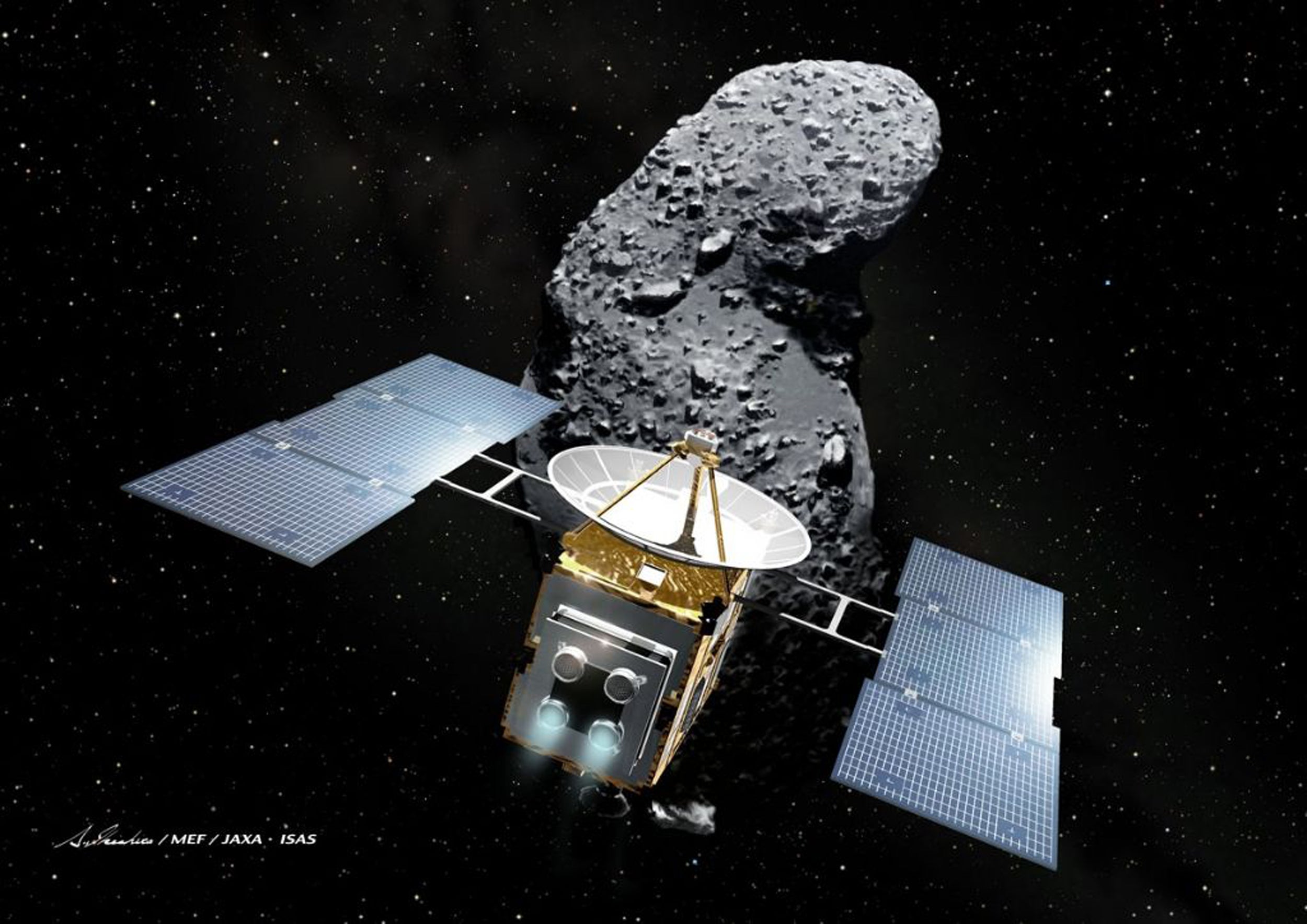
If you’re thinking of committing your life savings to such a startup, try reading this comment from Goldman Sachs. The well-known banking group has already offered this advice to potential investors: “The psychological barrier to mining asteroids is high, the actual financial and technological barriers are far lower.”
At first sight, a kosher organisation like Goldman Sachs ought to be worth listening to, but when you look at it in more detail, it’s easy to dismiss the entire enterprise as pie in the sky. Right now, if a Near Earth Asteroid were made of solid diamonds it still wouldn’t be cost effective to return its contents to the Earth.
Of course, there are people working to change this.
During the last two decades, our understanding of asteroids has drastically improved, thanks to the success of several robotic probes. In 2020, Nasa’s OSIRIS-REx space probe scooped up some rock samples from the asteroid Bennu and is now on its way back to Earth. A similar mission by the Japanese Space Agency performed exactly the same task on another asteroid – and assuming they both make it home – we will soon have lab-based data on both bodies.
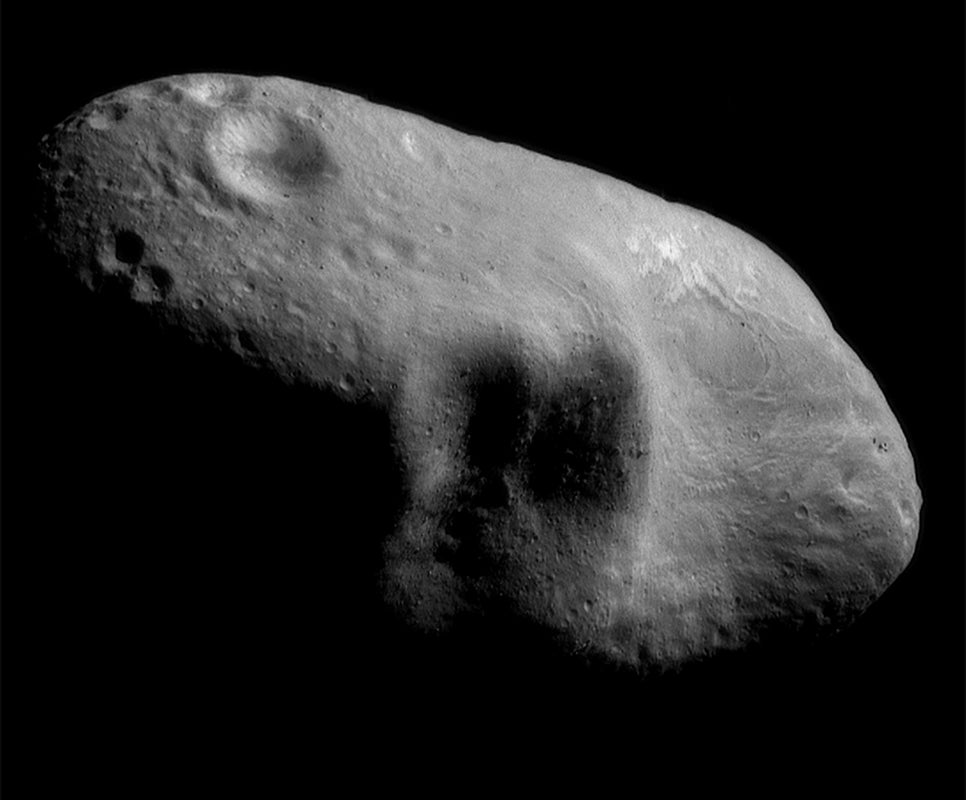
But why stop there? If it turns out that there are many useful minerals in an asteroid, surely there is also the potential for asteroid mining?
At this point, it’s worth remembering that this may not be necessary. It’s fashionable to talk about running out of minerals, sure, but it might not be happening. When we speak of them running out here on Earth, we’re talking about those ores which are easy to access and easy to process. It’s important to remember that the elemental composition of a block of granite is more than astonishing and the only reason that we don’t mine granite for the mineral content is the minerals exist in a terribly awkward chemical state. If you bore vertically down you’re only ever going to find more rocks. With infinite energy, we could extract just about anything we want from terrestrial materials, although right now infinite energy sounds harder to find than a passing rock in deep space.
There are two ways to exploit the asteroids. We can either mine them where they lie (about 200 million miles away in the case of Bonnu) or we can deliberately move them to a more favourable location and exploit them there. Until quite recently, Nasa was seriously considering moving a small asteroid into lunar orbit and attempting to examine and even exploit it from there. The so called Asteroid Redirect Mission was initiated by Obama but later cancelled by Trump, who tried to guide Nasa towards a manned return to the lunar surface. Had this project succeeded, the psychological barrier to asteroid mining might have been lowered several notches.
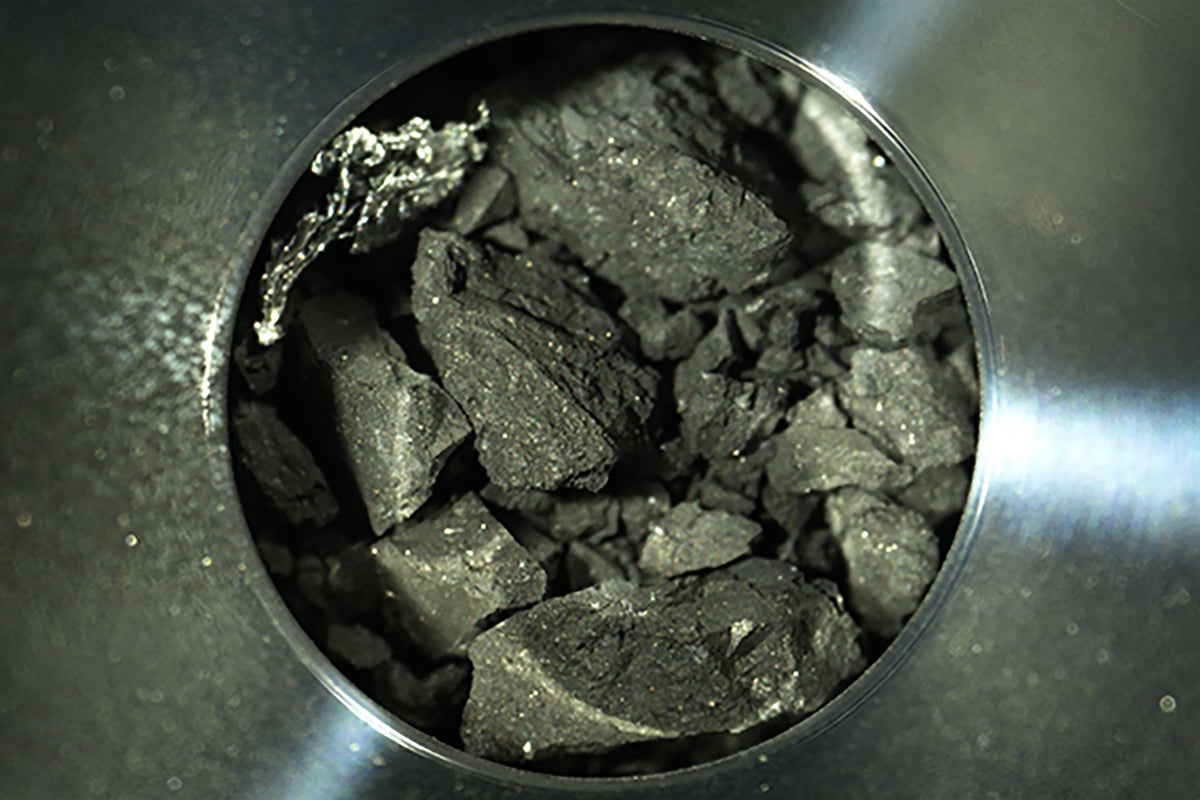
Most asteroids live between the orbits of Mars and Jupiter and would be extremely difficult to access. The largest, Ceres, looks like a miniature version of our own moon and was recently visited and mapped by a very successful American probe. However, a reasonable number are referred to as “Near Earth Asteroids” and in that sense, they are relatively easy to retrieve. If we were serious about prospecting for minerals in space, we’d probably start with them.
One of the fundamental issues to consider in space flight is the concept of escape velocity. The Earth is a relatively massive planet and has an escape velocity or around 7 miles per second. If an astronaut were to stand on the surface of one of the smaller asteroids, he could probably achieve orbital velocity (and possibly even escape velocity) simply by jumping up from a standing position. It sounds fun but such tiny gravitational fields make for considerable difficulties in terms of commercial exploitation.
A space craft cannot land on an asteroid at all since it will probably just bounce off as soon as it made contact. Similarly, an astronaut or robotic worker who tries to drill a hole into an asteroid would simply push himself away from his quarry as soon as the drill bit made contact. Indeed, his entire spacecraft would probably do the same. Some scientists have suggested that the entire rocky body would have to be surrounded by a lasso and that the space craft would have to strap themselves to the actual asteroid before any serious work could begin. Others talk about firing some kind of modern day harpoon into the rock to gain purchase.
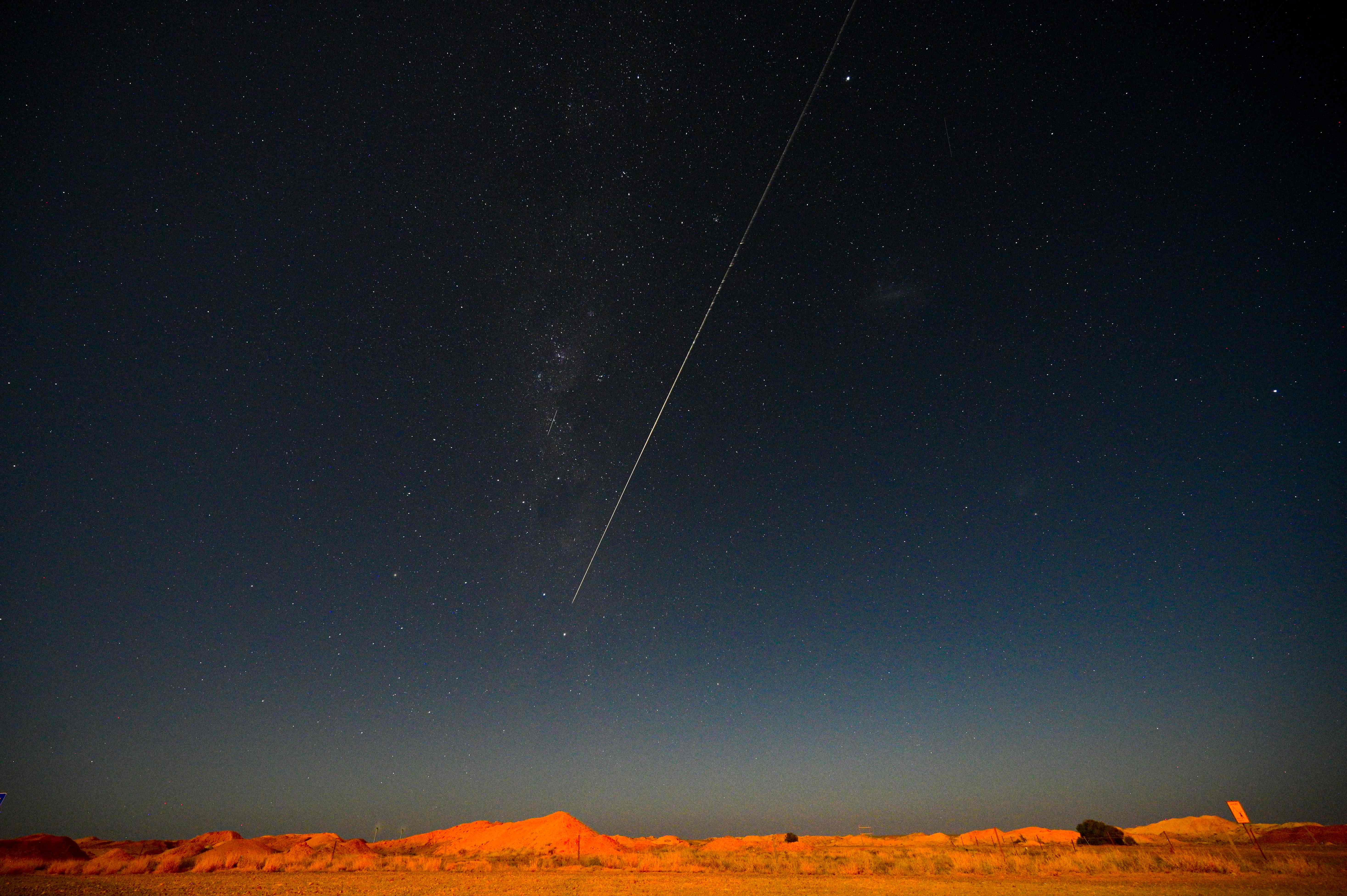
The Earth has the strongest gravitational field of any terrestrial planet. If you want to build very large structures in outer space it doesn’t make sense to build them here and then waste resources trying to blast them into orbit. In the eyes of many scientists, it actually makes more sense to send ore processing machines to an asteroid and then attempt to manufacture raw materials in zero gravity. This sort of plan calls for the establishment of a large scale industry in outer space.
I don’t doubt for one moment that such an industry could be established but it’s important to remember that it would take many years. Many people around the world have spent the last few years following the recent machinations of SpaceX. Part of the entertainment value is watching their rockets explode in impact. Yes, they’re getting better and yes they’re learning from their mistakes but we just don’t know how long any realistic space mining technologies would take to become both reliable and efficient. How could we smelt minerals in outer space, in the absence of gravity, how could we contain them or encourage them to separate into their component properties? Yes, people have performed laboratory based experiments and yes, there are convincing computer models but as Elon Musk often demonstrates, real hardware takes time to develop.
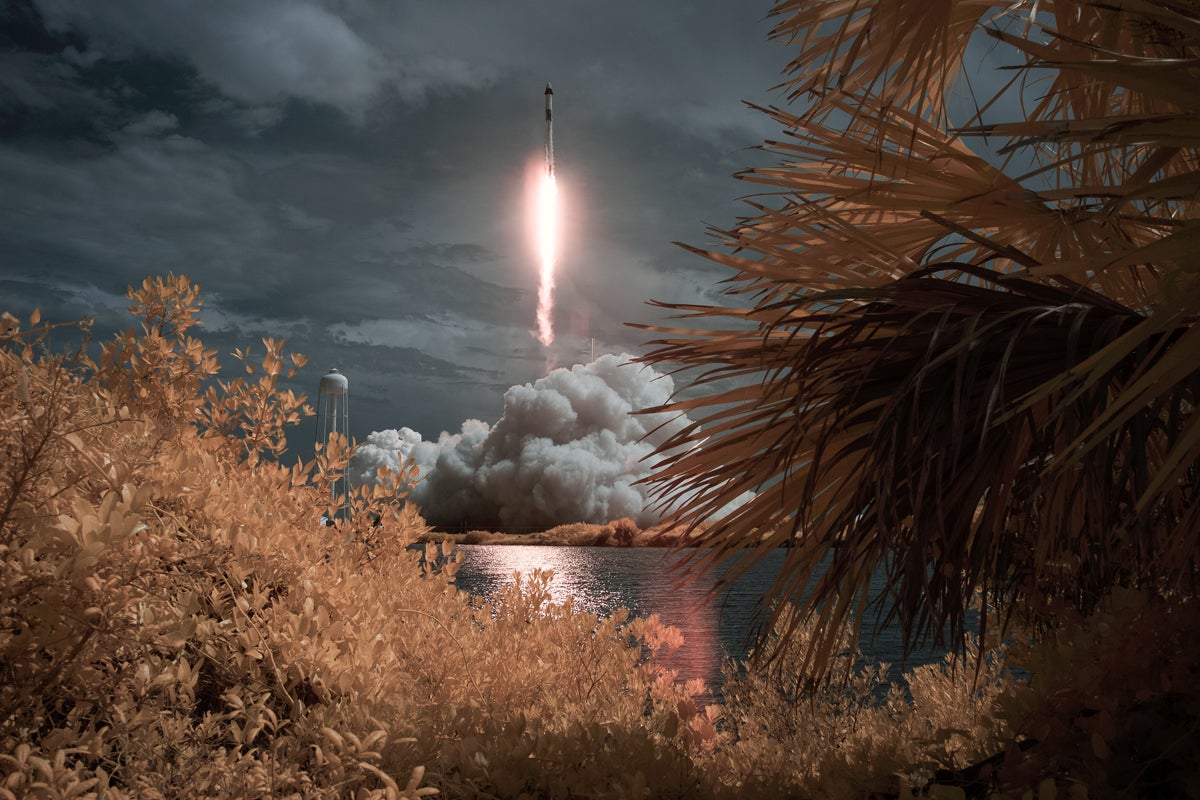
If you want to bring raw materials back to Earth or at least to the sort of locations where they could actually be used, you need to look not just at the mineral content but also the orbit. How you actually deflect the orbit of an asteroid to bring it closer to our own planet is another matter. What regulatory organisations would oversee the management of such a project, especially if it started to happen on quite a large scale? There is also some ambiguity as to how the project would be more advantageous than finding raw materials on the moon. Early proponents of space colonisation – such as the late Gerard O’Neill – openly discussed mining asteroids to build space colonies that would enable enormous numbers of people to live in outer space.
Some asteroids may contain water ice. Others minerals. If we’re talking about a future in which large scale activities in outer space become the norm then it may be more cost effective to mine the asteroids for water than it is for their minerals. Travelling through deep space will require thousands of tons of propellant and most rocket fuels can be made from water quite easily. Once a rocket doesn’t need to return to Earth to refuel, the economics of travel to the moon and Mars could be easily transformed.
Right now, the biggest single issue for asteroid mining companies is credibility. Just how serious are these people? Remember that Nasa has spent the past 15 years struggling to get four men back onto the surface of the moon. How realistic is it to shift millions of tons of material between worlds and to do it within the lifetime of the people now drawing up the plans? There’s no doubt that there are large resources of raw materials in the asteroid belt, but how are we going to move them to a location where they could be reasonably exploited and how could we practically process them in that location?
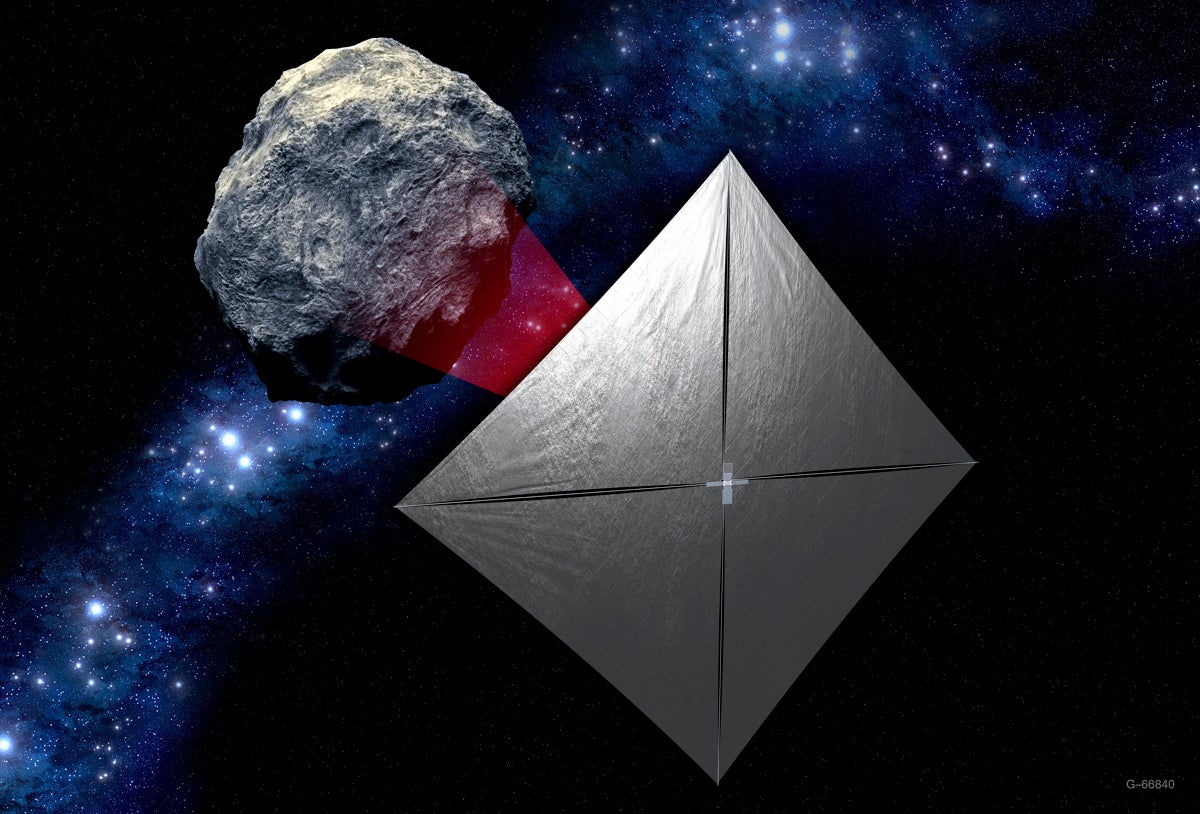
Quite a lot of the more realistic conversations focus on “CubeSat” technology. These are shoebox-sized spacecrafts that can be launched at realistic prices and be used to investigate Near Earth Asteroids to assess what sort of raw materials exist there. Activity at this level could – presumably – attract current day investors.
The Asteroid Redirect Mission would have used solar electric propulsion, although given the relative infancy of the technology involved, the actual asteroid in question would have been small. Some authors have considered churning up part of an asteroid into pellets and using an electromagnetic catapult to throw them out into space at fantastical speeds. In effect, the raw unprocessed rock becomes an alternative form of rocket fuel and while it might take more than half of the mass of the asteroid to bring it into an orbit around Earth or the moon, it could slowly but surely be shifted. Others want to process the ore locally and move the processed metals back to a more useful location once they are ready.
But for any of this to become possible we still face the same fundamental obstacles that have haunted spaceflight for the past 60 years, driving down launch costs to the level where hard-nosed investors – who have no real emotional involvement in the idea of space travel – would be prepared to risk their own money on a daring adventure to harvest rocks in space.
Join our commenting forum
Join thought-provoking conversations, follow other Independent readers and see their replies
Comments